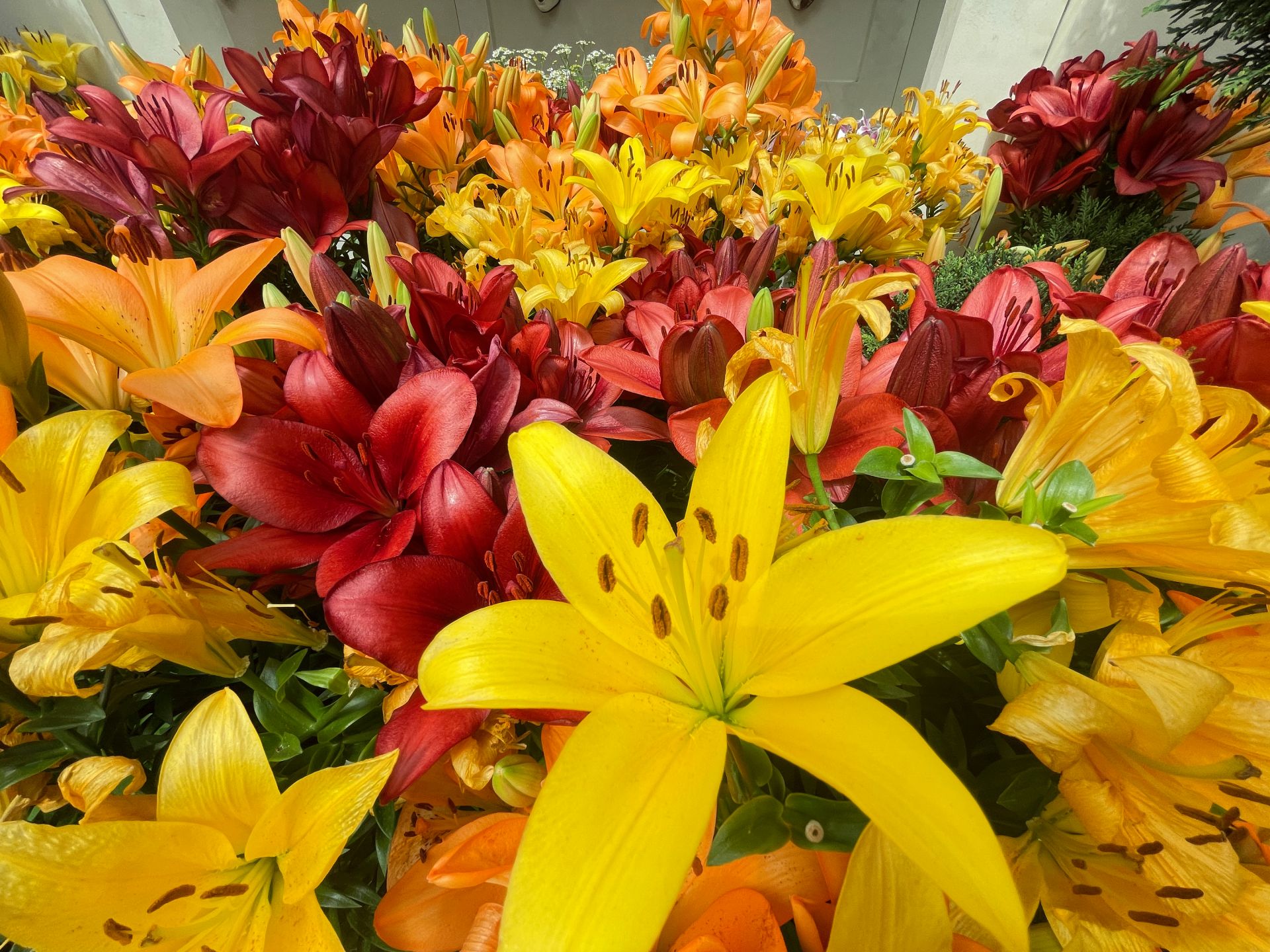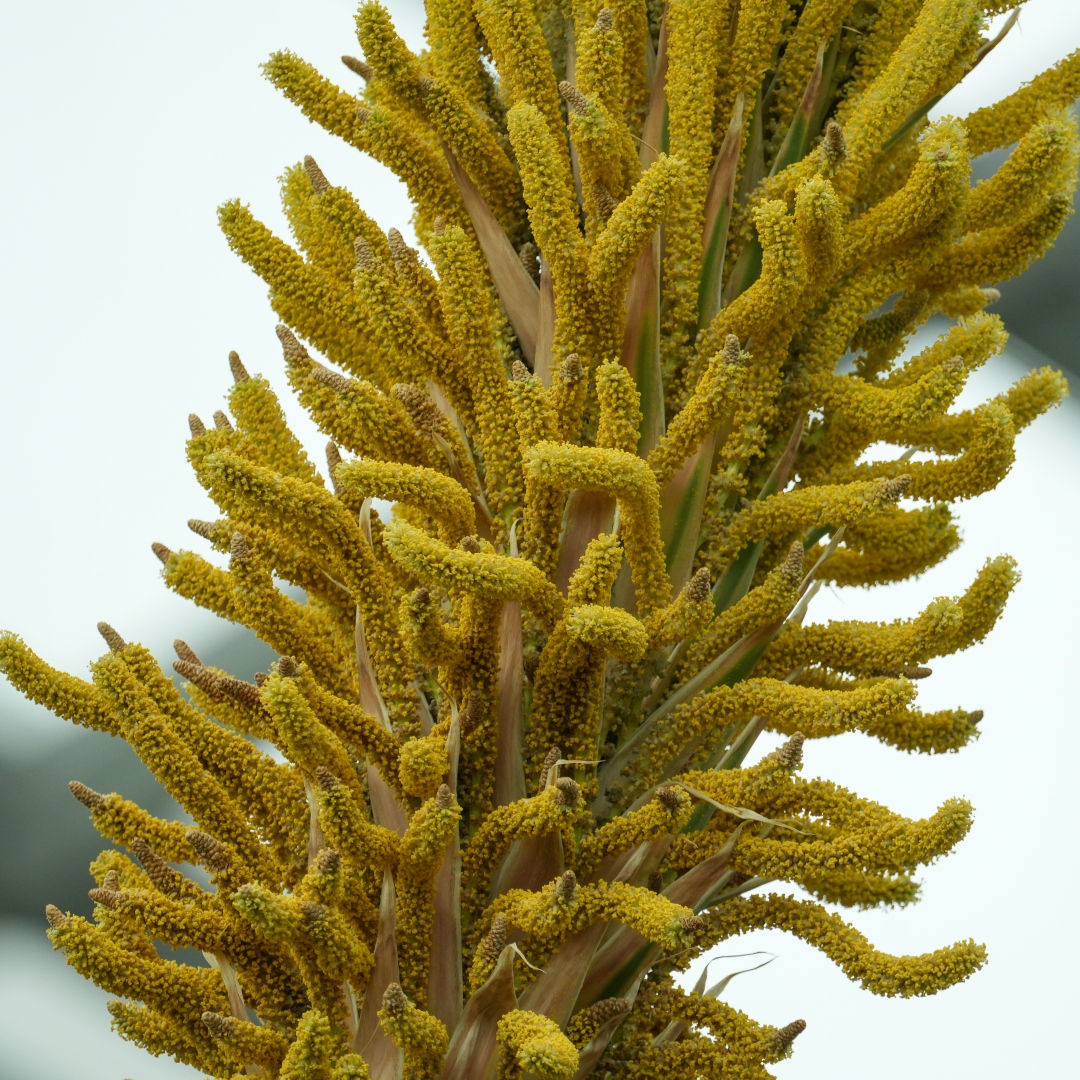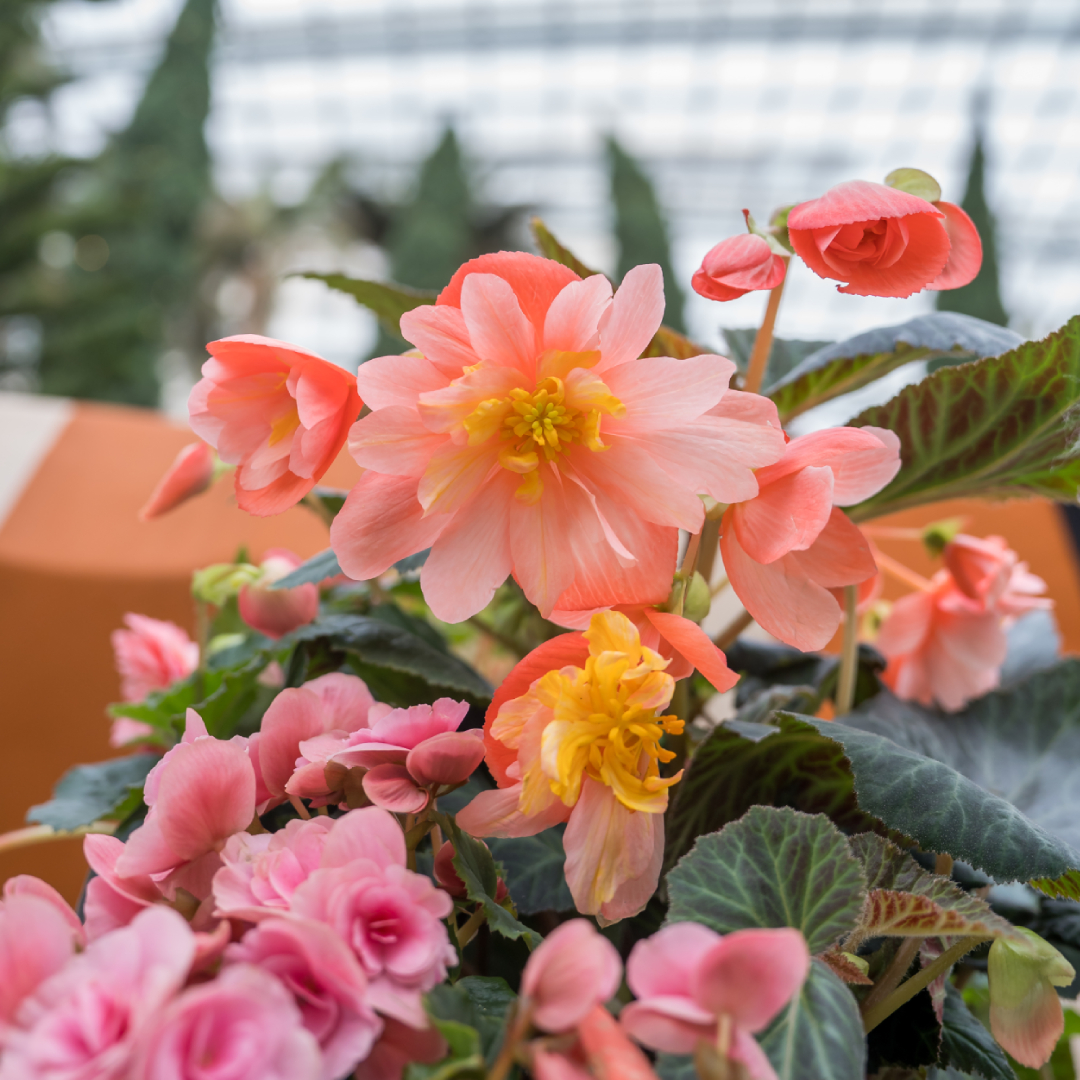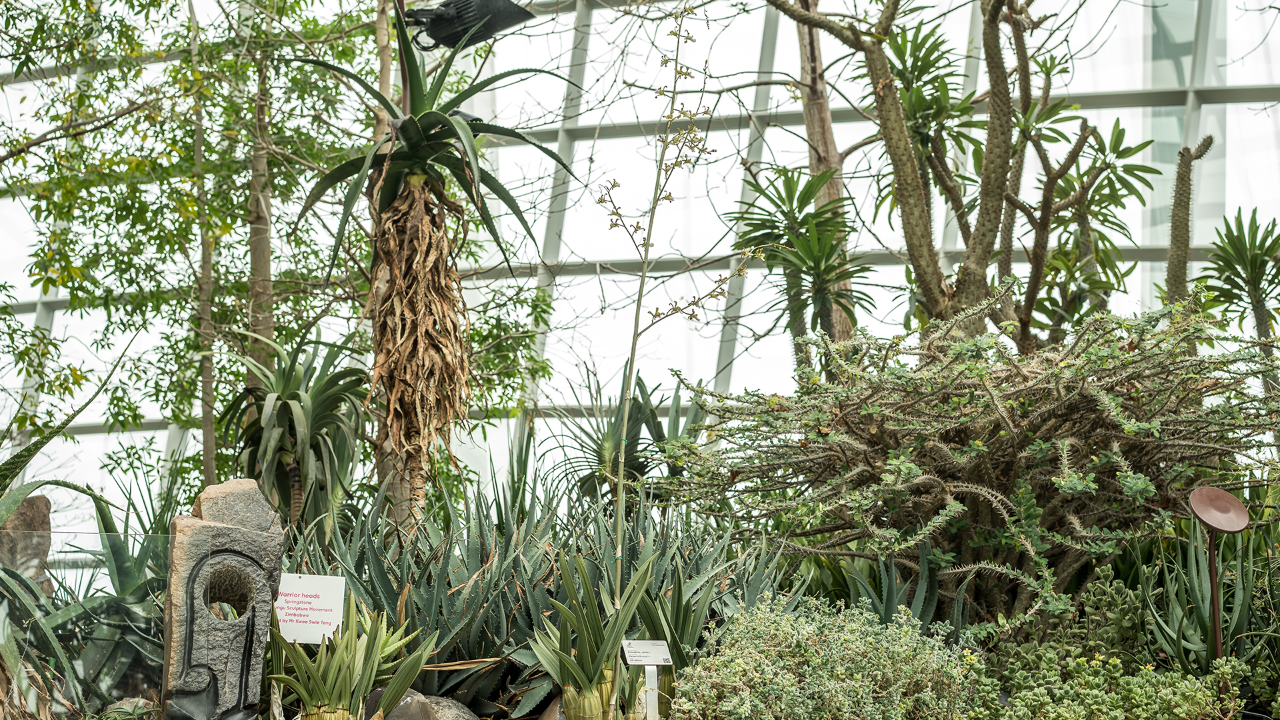 Can you find the long flower stalk of Eulophia petersii blooming amidst the other dryland-adapted flora at The Baobabs in Flower Dome?
Can you find the long flower stalk of Eulophia petersii blooming amidst the other dryland-adapted flora at The Baobabs in Flower Dome?
Eulophia is a pantropical orchid genus with over 200 species distributed worldwide but predominantly in Africa and continental Asia! They are almost entirely terrestrial, rarely epiphytic or lithophytic, differing greatly from those terrestrial orchids found in the temperate zones in terms of temperature tolerance and growth habit during dormant phase.
Eulophia can be abundant in frost-free areas in the Middle East, Asia, Australia, some Pacific Islands and the Americas. This is especially so, since some of these species are adapted to the extreme climatic conditions of the desert, a rare quality in orchids adding significance to their prestige of being a hardy plant. They thrive on plenty of sun and warmth, with water and energy storage reserves that enable them to endure the severe drought to which all African plants are exposed, evolving along the lines of the Adenium and Pachypodium.
Eulophia petersii is an extremely succulent orchid that grows in the arid habitats from sub-saharan Africa all the way to the southern Arabian Peninsula. Anecdotes from plant explorers indicated that this species can grow in unusual environments i.e. on arid coral cliffs which were covered by low thorn scrubs, a few metres from the sea shores and thereby exposed to salt spray and strong winds. Nonetheless, this orchid seems to be at ease under these trying conditions.
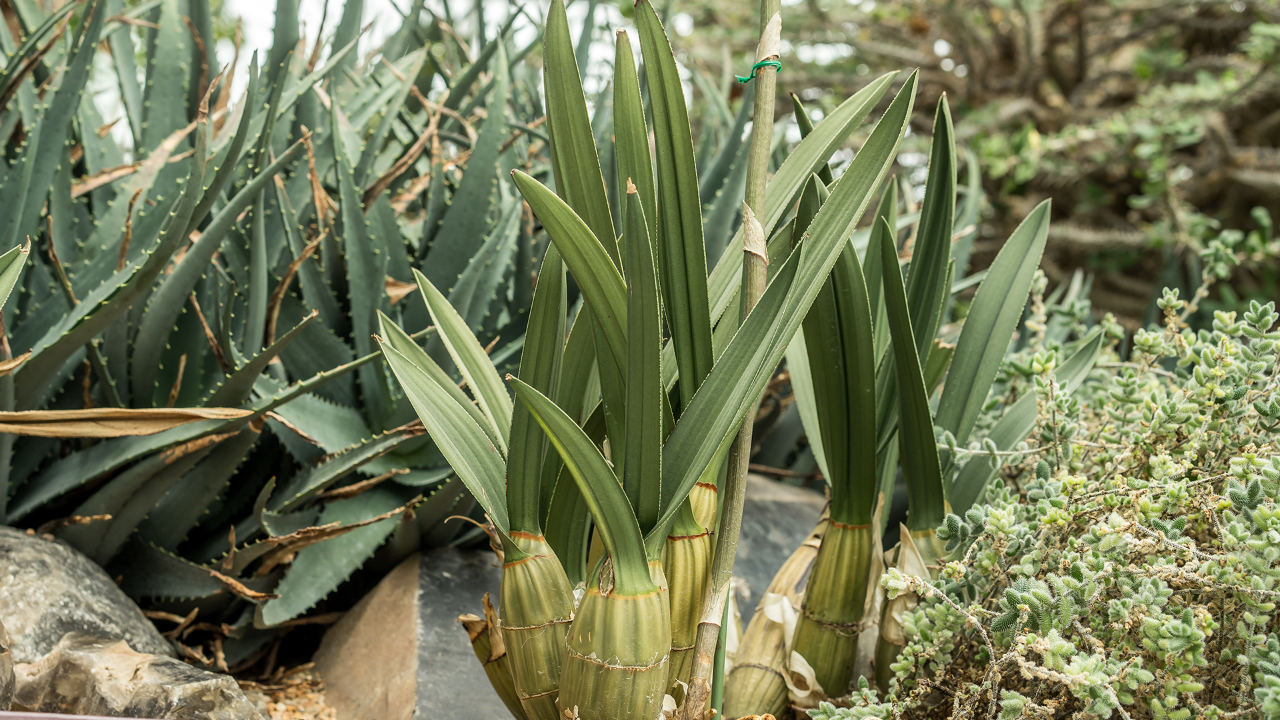 Peter's eulophia has tough, leathery leaves covered with a thick cuticle to reduce water loss via transpiration.
Peter's eulophia has tough, leathery leaves covered with a thick cuticle to reduce water loss via transpiration.
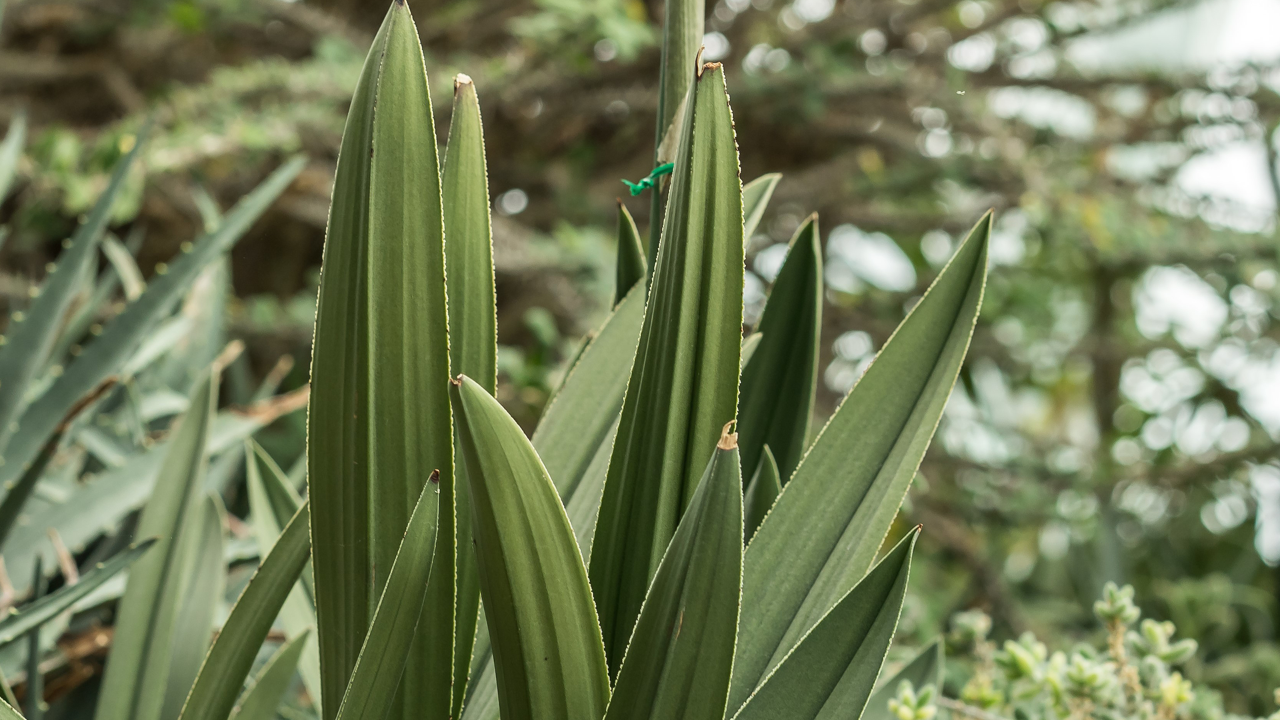 A close-up look at the leaves reveals their sharp, serrated edges which may help to encourage thirsty herbivores to look elsewhere for a safer meal.
A close-up look at the leaves reveals their sharp, serrated edges which may help to encourage thirsty herbivores to look elsewhere for a safer meal.
A drought-resistant orchid, Eulophia petersii stores water in its large pseudobulbs, thick rigid leaves, and fleshy roots. It has developed a thick leathery outer cuticle to protect its fleshy interior from predation of thirsty animals. The leaves resemble those of Agave, tough, thick with serrated edges, and could easily slice a rockmelon. It even comes with a spine at the end, which may serve to deter large herbivores. When in bloom, vigorous plants with large clumps produce tall branching spikes emerging from the base of the fat pseudobulbs, often bearing hundreds of unusual musky-scented blooms with frilly lips that last for months. Some flower spikes reportedly grow up to 2.4m in height.
The name of the Eulophia genus is derived from the Greek word eu for ‘true’ or ‘good’ and lophos for ‘plume’, alluding to the hairs or crests on the lip which some species exhibit. Eulophia petersii features a three-lobed lip and narrow sepals that are longer and thinner than their striped petals.
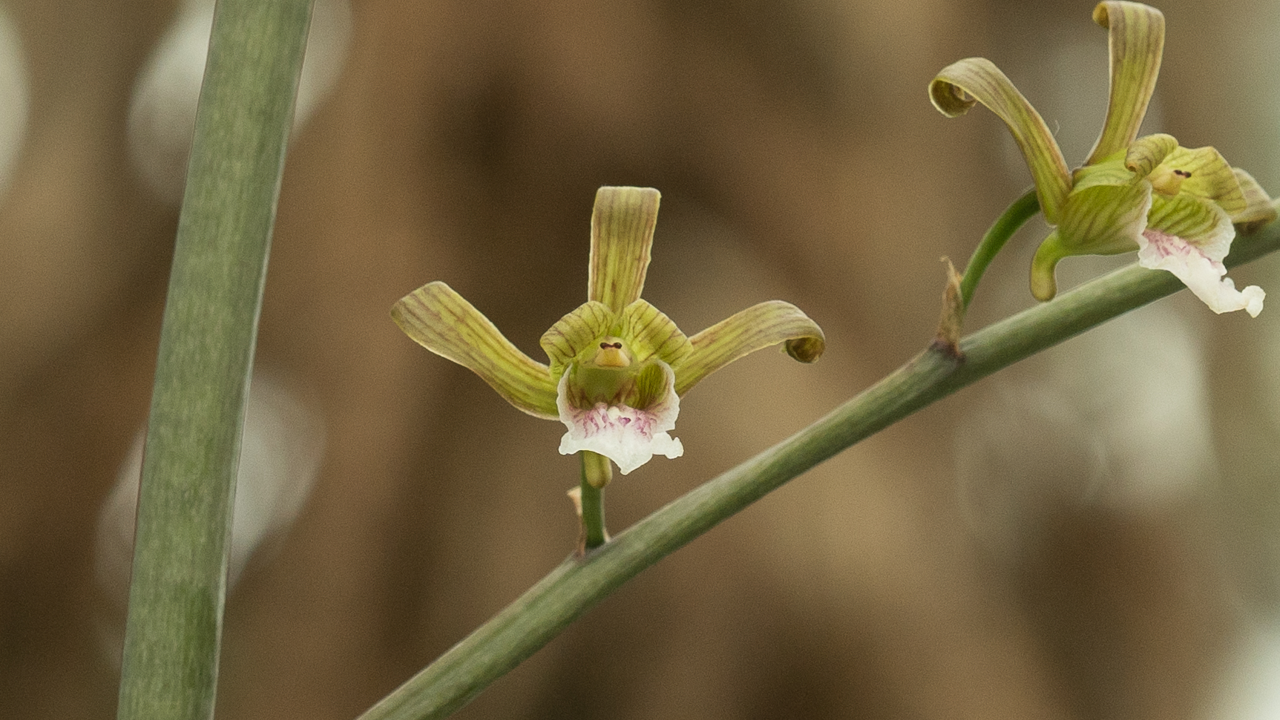 This close-up view of the flower allows you to appreciate its intricate details, like the delicate brown stripes on its tepals and its frilly, purple-veined, three-lobed lip petal. Can you see what appears to look like a little face in the center? That's actually the dotted anther cap, crowning the central column!
This close-up view of the flower allows you to appreciate its intricate details, like the delicate brown stripes on its tepals and its frilly, purple-veined, three-lobed lip petal. Can you see what appears to look like a little face in the center? That's actually the dotted anther cap, crowning the central column!
Though Eulophia petersii is widely distributed, it is not easy to find them in the wild and they are rare in cultivation. So come down to Flower Dome’s The Baobabs area, to catch a glimpse of this uncommon orchid in rare bloom!
Written by: Ziana Yacob, Senior Manager (Research and Horticulture)
Ziana's fascination with the many wonders of plants led her to study Horticulture. She has been involved in propagating and nurturing in-house plant collections, with a special focus on orchids. Keeping plants thriving is both a rewarding challenge and a continuous journey of learning for her!
